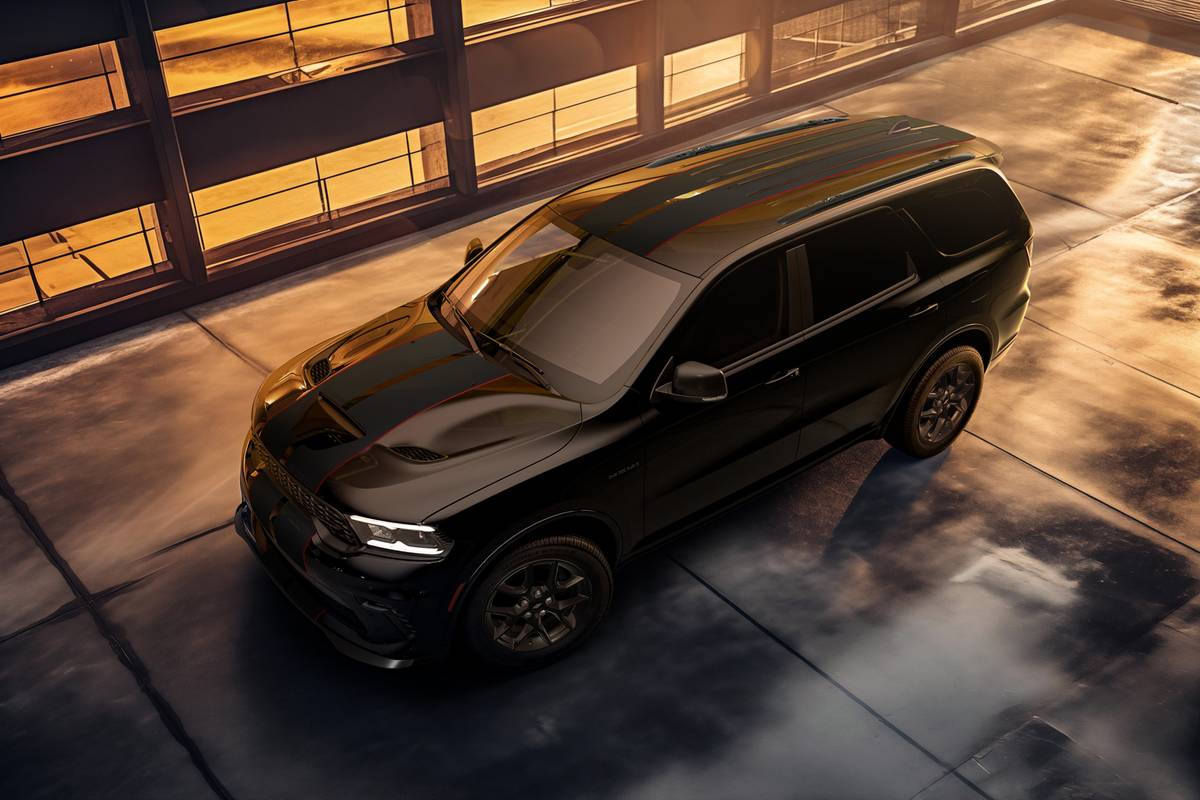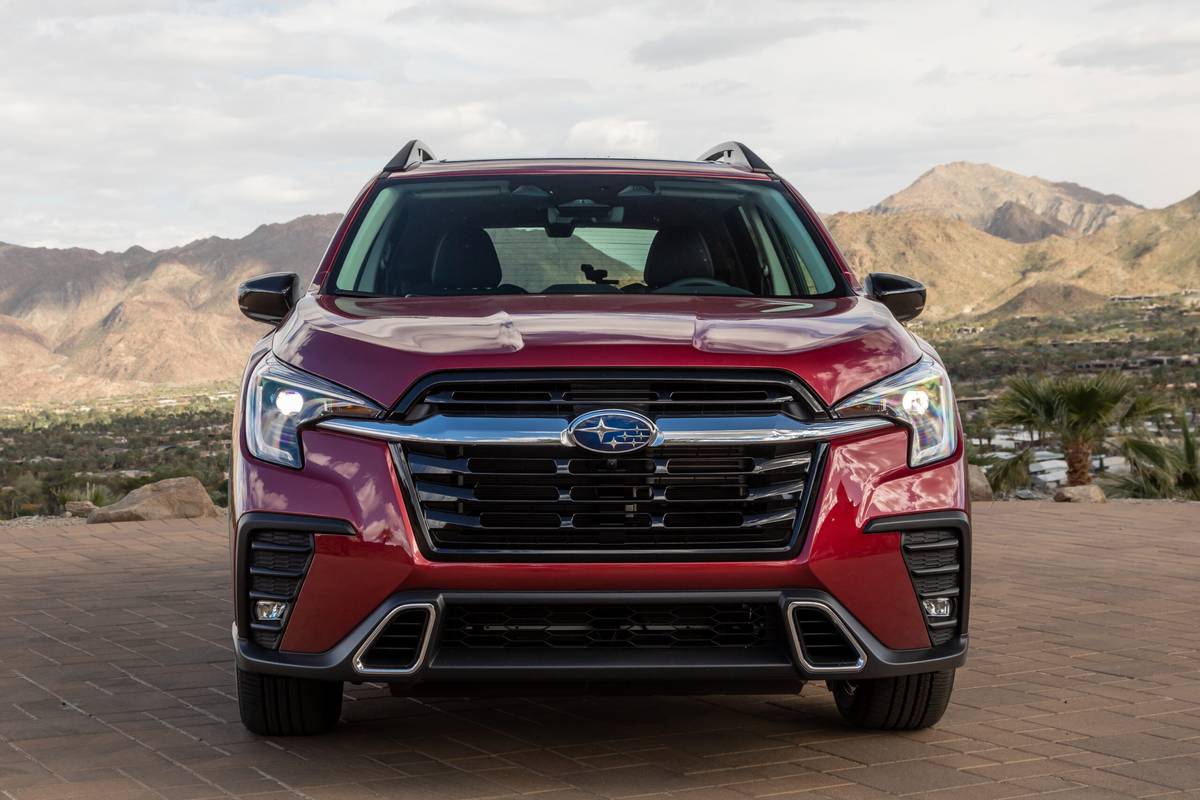chicagotribune.com's view
It’s been 25 years since Toyota added a truck-based 4Runner sport utility to take on the domestics.
In 1984, 4Runner Gen I bowed as an on- or off-road machine with the comfort and utility of a car as well as the versatility of a four-wheel-drive truck.
The 2010 model year brings Gen V. Almost an inch taller and longer and half an inch wider, Gen V also sports bolder sheet metal that at first glance makes it look like Toyota’s Land Barge, er, Cruiser.
4Runner is offered in SR5 and top-of-the-line Limited versions, plus a Trail edition for heavy-duty off-roaders. There’s a choice of two- or four-wheel drive and a new 2.7-liter, 157-horsepower, 4-cylinder for 2WD models in place of last year’s 4-liter, 236-hp V-6, or a new 4-liter, 270-hp V-6 that replaces the 4.7-liter, 260-hp V-8. The 4 has a 4-speed automatic; the V-6, a 5-speed.
We tested the 4Runner SR5 with 4WD and V-6.
Concern for mileage prompted the new engines. The new 4 is rated at 18 mpg city/23 highway, up from 16/21 with the old 4. The new V-6 is rated at 17/23 (2WD; 17/22 4WD) versus 15/19 with the V-8 (2WD; 14/17 4WD).
Kudos for the boost in mileage, but if some of 4Runner’s more than two tons were shed, the rating would rise more. Carrying all those pounds makes acceleration from the light less than swift.
Ride is well-cushioned to minimize jostling, but the 4,600 pounds come into play in corners. Expect some body lean. The new 4Runner has about half an inch more road clearance (9.6 inches), so snow, mud, sand, water, logs and branches below are less an obstacle.
Added width helps minimize top-heavy wobble. But unless you opt for running boards or side steps, getting into the cabin can be a challenge. Those are a dealer-, not factory-, installed option, so dealers set their own prices.
4Runner comes with two rows of seats for five and a huge cargo hold, or three rows for seven and a more compact home for gear, luggage and/or groceries. We tested the five-passenger SR5. Second-row room is just a tad snug, but it helps that front seatbacks are curved for more knee room in back.
The bottom of second-row seats flip forward and seatbacks fold flat for more cargo room. The test vehicle came with a neat slide-out cargo deck ($350) that holds up to 440 pounds. Press a lever and it pulls out for loading; press the lever again and it slides back with all the packages in place. One drawback: The lever bites the hand that presses it. A redesign would help soothe nerves – and pinched fingers.
Nice touches in the cargo hold include stowage in the side walls, tie-down hooks on the floor, slots in the walls to insert a parcel shelf, and a holder in the wall for a milk jug. There are 10 cup and bottle holders (all doors hold water bottles), while the center console has cup, iPod, cell phone and you-name-it holders. As a bonus, the glove box is large, and the lid eases open without chomping at the knees.
There’s also a “party mode” speaker system that shifts the sound to the rear so you can better hear the tunes at the beach, on picnics or while tailgating.
There’s also hill-start assist to keep the SUV from slipping when started on an incline, and downhill assist, which allows the vehicle to creep without foot on gas or brake to help move slowly down steep inclines in 4×4 low.
But will consumers take to the new 4Runner now that midsize SUVs aren’t as fashionably correct as they were B.C. – before crossovers? While 4WD with a low setting allows off-road adventure through mud and sand as well as over steep grades, all-wheel drive in crossovers allows the travel most consumers worry about – over wet or snowy roads to and from work.
The SR5 4×4 4Runner starts at $30,915 and includes all the power goodies plus stability control, anti-lock brakes, traction control, “advance” traction control for off-road and a GPS system similar to GM’s OnStar to call when medical or mechanical help is needed.
A third-row seat runs $805 ($1,015 leather in Limited). A backup camera ($525) uses a corner of the rearview mirror as a screen for a good view of what’s behind. But after snow or rain, you must wipe the lens on the tailgate or settle for blur.
Read Jim Mateja Sunday in Rides. Contact him at transportation@tribune.com.
Latest news



